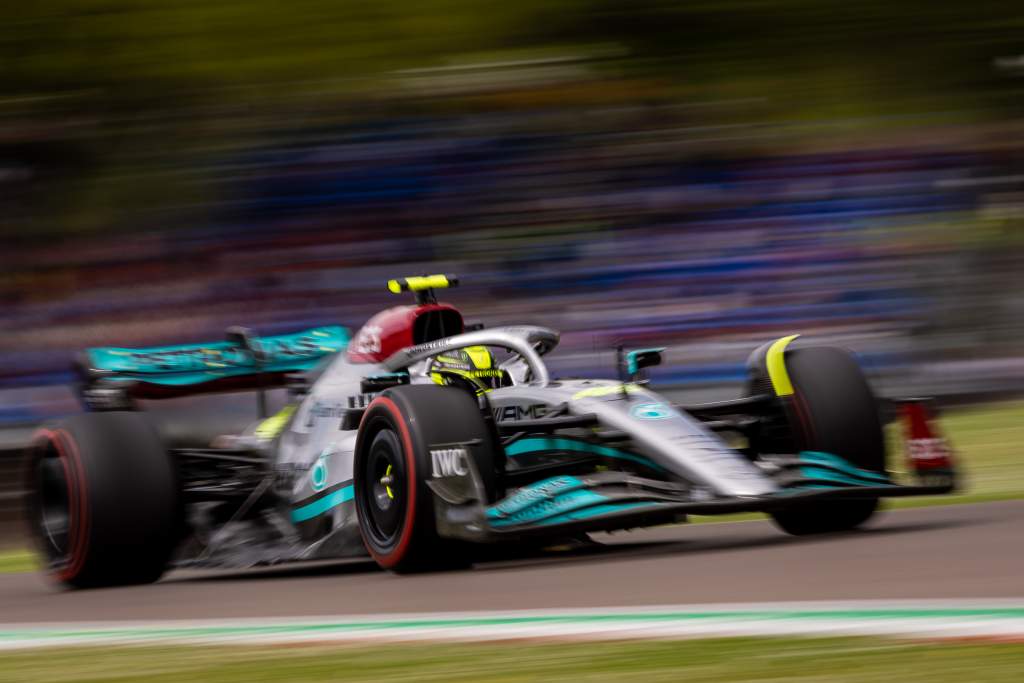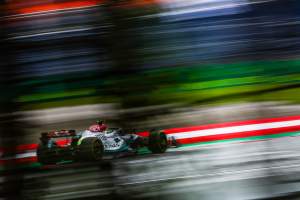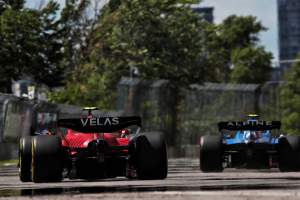Up Next

Porpoising dominated the first half of the 2022 Formula 1 season, but despite the progress made by teams in conquering it and the related bouncing problems, it is a spectre that will likely continue to haunt teams while the current ground effect regulations are in place.
Last year, it was about understanding and mitigating the problem and some teams, notably Mercedes, were fundamentally limited by porpoising. The extent of the difficulties caught many out, but with the knowledge built in 2022, there’s no reason for teams to be taken by surprise again.
But porpoising will continue to lie in wait, ready to catch out those who are too aggressive or easily taken in by appealing downforce figures that could be generated in simulation. That’s why one of the key factors of F1 car design is going to be avoiding creating the conditions that lead to porpoising.
Porpoising can never truly be vanquished because the laws of physics are immutable. The mechanism is well understood and while there can be multiple triggers, in general terms it occurs at high speeds when the prodigious downforce generated pulls the car too close to the ground. There comes a point when either because of proximity to the ground – possibly even with the floor hitting the track surface – or the speed of the airflow beneath the underfloor, there is an aerodynamic stall.
The downforce reduces as a result, the car rises again, the floor starts to work as intended again and downforce grows until hitting the stall point again. And so it repeats, creating the aerodynamic oscillation known as porpoising.
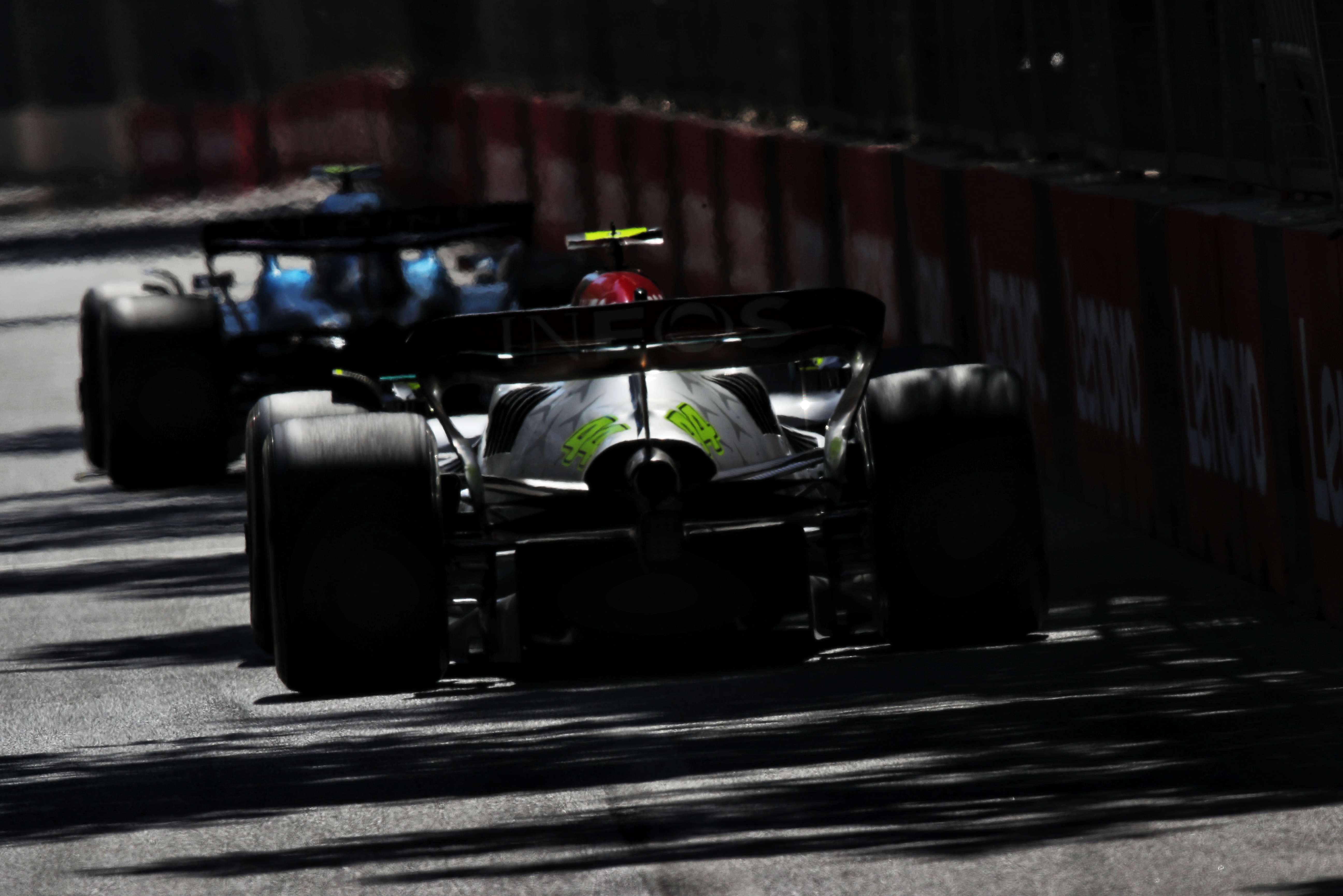
The risks of this increase depend on how low you run the floor and also how aggressively you work the compression and expansion of the airflow under the floor. The underfloor comprises multiple interacting airflows and, while working it hard, can create eye-watering downforce figures – the more you push it the more critical it can be.
Of course, this is an oversimplification and there are other contributing factors. The ride of the car plays a part in managing it, and it’s primarily a problem when the cars are in high-speed corners and in various phases of pitch, yaw and roll.
As Alpine technical director Matt Harman explains, the sky-high downforce figures the floor can generate in optimum conditions are very enticing. But the important thing is not to do what Mercedes did in 2022 and lock yourself into too narrow a range of ride heights and mechanical characteristics. As Harman puts it, it’s all about creating an envelope to work.
“You can imagine that for people that are solely interested in performance, some of these [downforce] numbers can be very enticing,” said Harman when asked by The Race how teams balance up chasing increasing downforce levels with avoiding problems with bouncing and porpoising.
“We use a pragmatic approach and look at the characteristics, what the [aero] gradient looks like. Then what we do is design our parts to be able to go there but we don’t necessarily optimise around that point. So we know we can get that laptime and if we understand the circuit we can go and get it, but we don’t lock ourselves into it. So we make sure that we’ve got the ranges and the ability to use it.
“It’s all about giving yourself an envelope to work in, understanding the risk and reward.”
This suggests teams will always have to be aware of the need to stay just inside the point where porpoising kicks in. That applies both to the fundamental design of the car and how it is run on a given weekend. The envelope Harman mentions is all about having the tunability in the car to make it easy to tackle any problems should they arise.
The fact that GPS data suggested both Mercedes and Ferrari could, at times, generate higher downforce levels in fast corners than the Red Bull illustrates how important it is to get the compromise right. The Red Bull was the dominant car of last season because it was a strong all-rounder that wasn’t prone to porpoising or bouncing thanks to getting the aero concept right – and having the range of mechanical set-up to go with it.
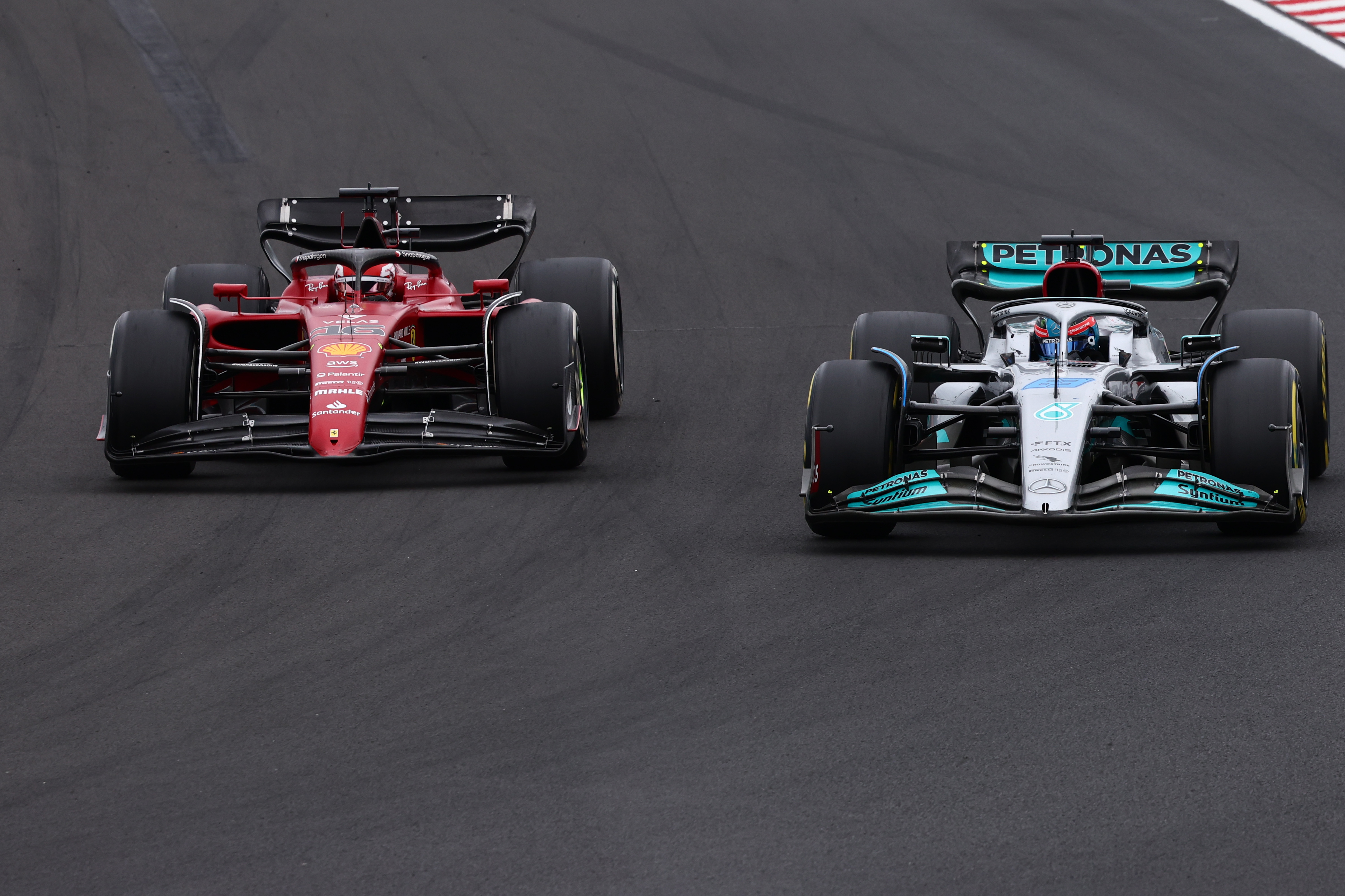
As part of Formula 1’s longer-term attempt to make porpoising and bouncing less of a problem, the floor edges are being raised by 15mm in 2023. This will further reduce the chances of porpoising striking.
The idea is simple. Raise the floor and the cars will no longer run so close to the ground and therefore will be less prone to porpoising. That will come at the cost of downforce, at least initially – and therefore laptime, as the FIA’s head of single-seater technical matters Nikolas Tombazis has suggested.
“I would have thought they’re going to lose about 15-to-20 points of downforce, which maybe corresponds to about half a second or something like that,” said Tombazis. “But then, of course, the development will probably exceed that.”
That figure, of course, is before the re-optimisation of the cars and ongoing development, so it won’t take long for teams to make up for that loss of performance.
As Mercedes head of trackside engineering Andrew Shovlin has said, keeping the floor away from the track surface will ease the problem – both in terms of how low the car gets on the straights and in yaw in quicker corners – but it won’t eliminate it entirely
“There’s still issues you get when the cars rolled in a fast corner and the floor gets to a point where it’s touching [the ground] and that can cause a bit of unsteadiness,” said Shovlin.
“The rule changes will help that, but fundamentally they’re not going to make the problem go away, they’ll make it a bit easier for the teams. But we’re hopeful that the work we put into the learning and the understanding in the early parts of the year will help us at least develop to a good baseline.”
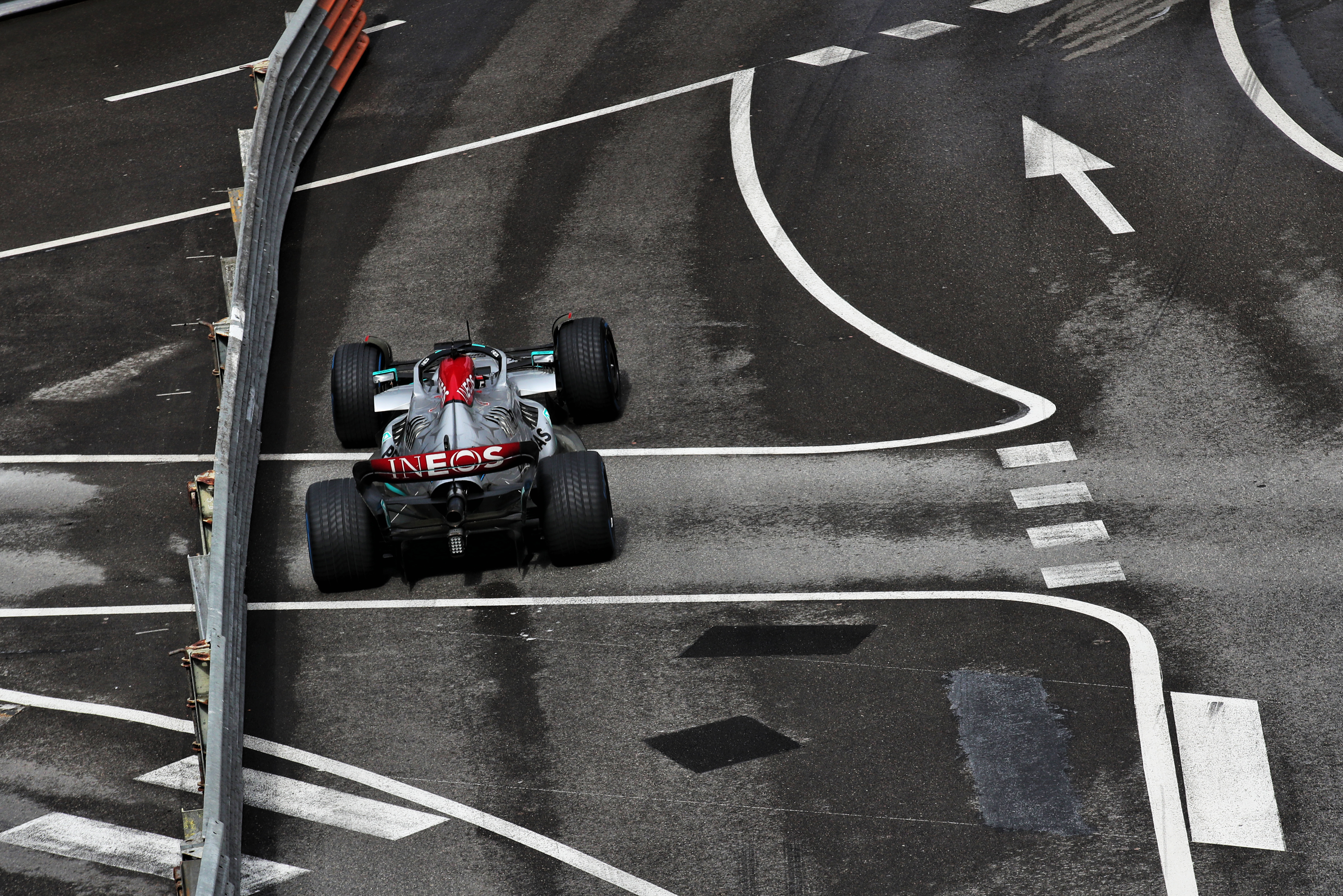
The 2023 rule changes build on the famous TD39 technical directive that introduced the AOM. This is the Aerodynamic Oscillation Metric that monitors the vertical oscillations of the car. If the car bounces too savagely, then teams have to make set-up changes to tackle it.
While there were no high-profile cases of teams falling foul of this after the metric was introduced at the Belgian Grand Prix, the FIA has confirmed there were instances where teams were quietly told to take action after exceeding the permitted oscillation levels.
But despite these twin measures, most teams expect porpoising still to be lurking in the background. Although, as Williams head of vehicle performance Dave Robson has said, it won’t be until the 2023 cars run in February that teams really know how close to the line they are.
“It will be interesting to see with the floor reg changes, that are supposed to try and at least incentivise you to not run so low, which will improve the porpoising,” said Robson. “I’m sure it will still be a feature if you push things too far. But I don’t think we’ll know for sure until February.”
When the porpoising problem became clear in February last year, the obvious question was why everyone was so surprised.
After all, porpoising is a fact of life for ground effect cars and was something teams battled during F1’s last ground effect era from 1977 to 1982, prior to the introduction of the flat-bottom regulations that outlawed such powerful floors.
Tombazis, one of the key architects of the current regulations, admitted it “caught everyone a bit by surprise”.
“[There were] some smug comments from people in our historic department from the historic cars and so on,” said Tombazis. “But in reality, nobody had actually predicted that properly.
“How the problem occurs is fairly well-understood, we took some measures both for this year and for next year, and in the meantime also teams learned a lot about it. Overall, there’s clearly been a massive change since Baku, for example.”
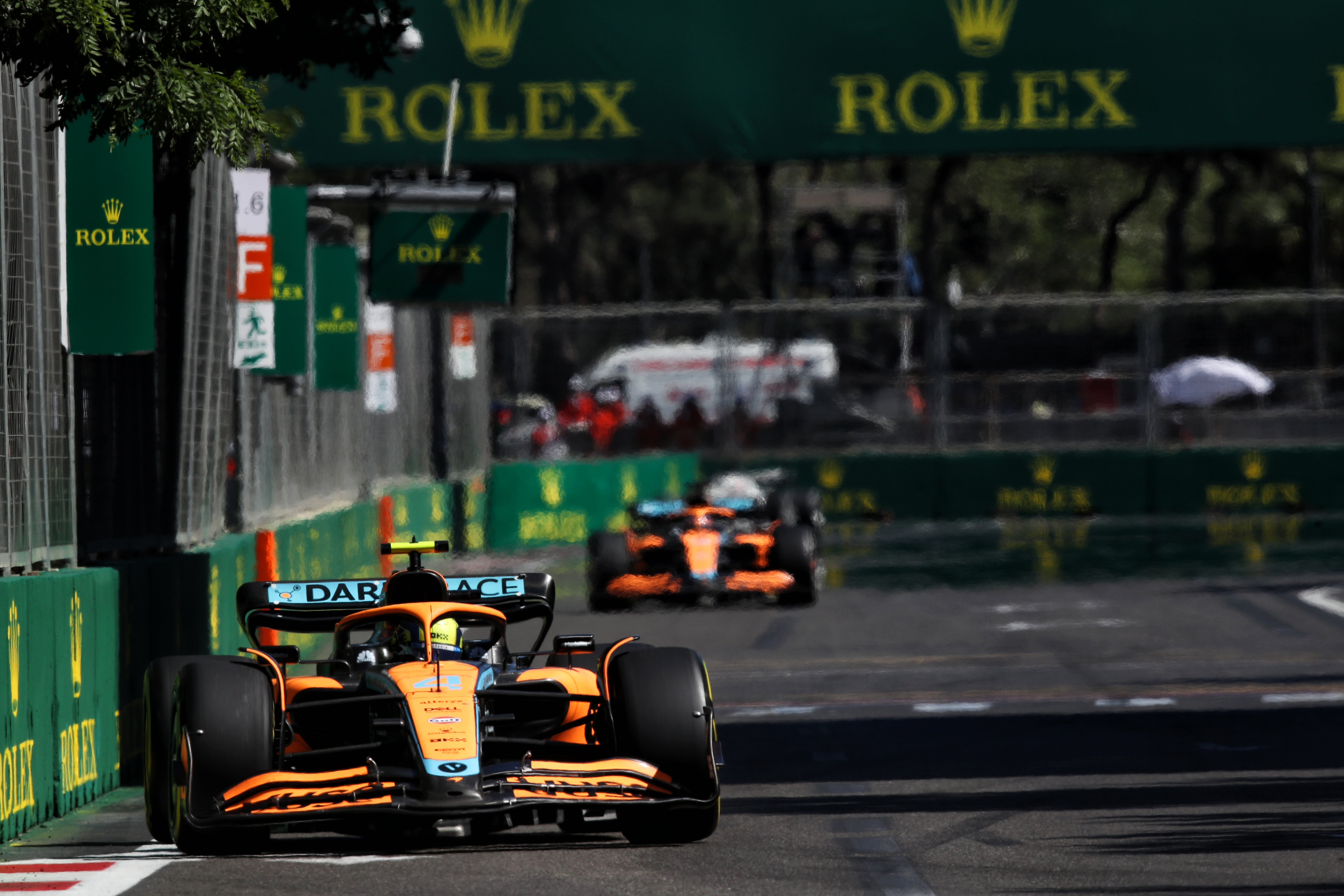
McLaren technical director James Key also suggested that having more personnel old enough to have been around in F1 in the late 1970s and early 1980s might have helped. And there’s certainly an element of truth in that. After all, Adrian Newey played a key role in the success of the Red Bull and that’s the era when he first broke into F1, having written his degree thesis on ground effect.
But there are other factors. Not only is this generation of cars pushing the boundaries of ground effect performance, but also it’s at a time when windtunnel and CFD time is strictly limited – even more so for F1’s top teams.
As Key explains, the scale and complexity of the simulations are unrealistic to have worked through in advance.
“Most of us involved now hadn’t really experienced times when it [porpoising] was a much bigger headline for people to consider,” said Key. “I’m sure if those who developed those cars have been around now and more involved, they would have said, ‘just don’t forget this, let’s find a way to model it’.
“One of the issues is modelling it. You can model it after the event, but trying to predict it is extremely difficult. I won’t talk through the long process of what you’d have to do to properly model it, but you’d never do it within ATR or whatever, because you’d have loops and loops and loops of simulations within simulations to try and account for every single phenomenon which can contribute. So in terms of predictive tools it’s difficult.
“Having said that, once you’ve got data of a porpoising car and a less porpoising car, you can then calibrate and begin to predict in a slightly more empirical way. We are definitely in new territory because I guess what’s different now is the complexity of the floors and the flow structures and what you try and build into them, all these tiny details you are beginning to see appear on certain floor edges and the fence geometries and all these sorts of areas, are very critical.
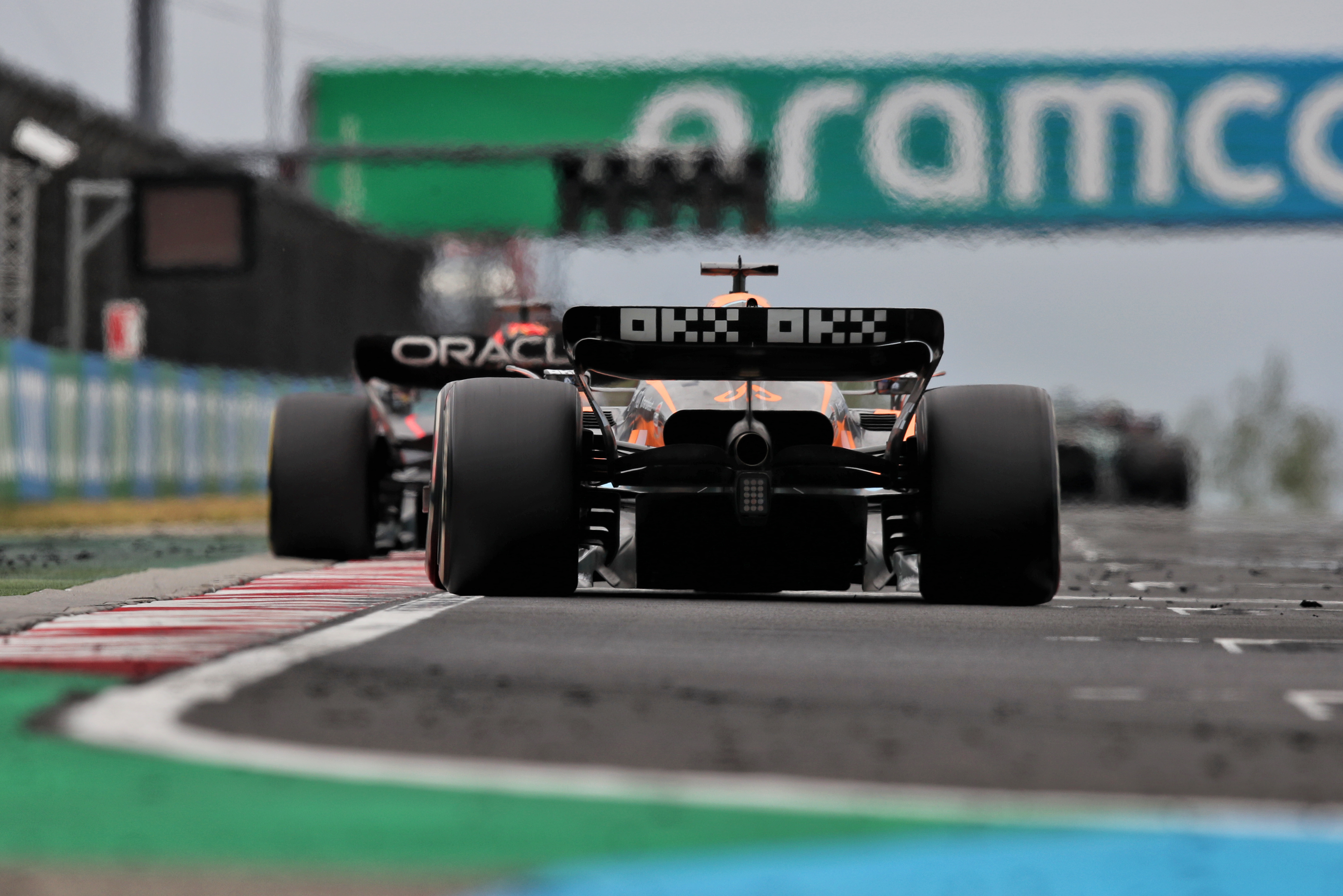
“What we’re seeing now is what parameters here can we play with which will maybe dampen that down or not make it quite so acute, but hang on to the downforce you’ve just found as well. We’re into that learning process there too, including the structural process of stiffnesses and set-up and other things which can contribute, too.
“So I’d say we’re in a learning period. We should have probably predicted the fact that it was going to happen a bit better. But to be fair to the teams and so on, we needed to run the cars to really discover what was going to happen and how it worked to begin to attack it.”
Teams quickly became very effective in anticipating the level of porpoising once they had accumulated data. For example, Mercedes predicted it would struggle in Abu Dhabi because of this.
To add to the problem, this generation of cars are generally running very stiff. For some, this has exacerbated the problem.
Indeed, Mercedes struggled with both porpoising and bouncing as separate troubles – but they were interrelated. That also means that the mechanical platform of the car plays an important role in controlling these effects. The interaction of the aerodynamic characteristics and the ride plays a crucial role.
“Ultimately, the aerodynamics of these cars mean they want to unload [close] to the ground,” said Mercedes technical director Mike Elliott. “All of the aerodynamicists over the winter would have seen that trend. And then it was a case of picking how close to the ground could you actually get away with running them.
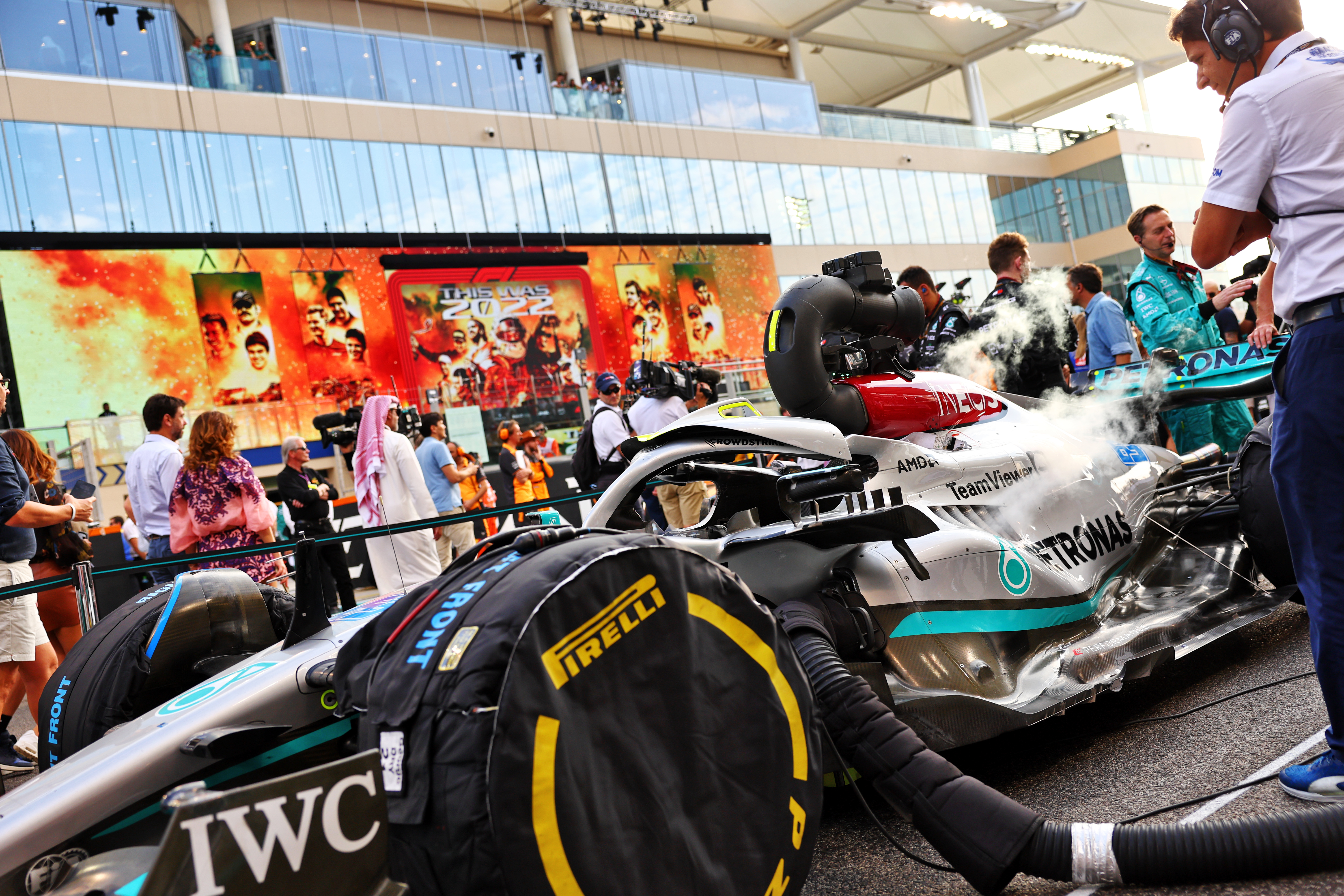
“So you’ve got two issues there, you’ve got one which is an aerodynamic issue. And the aerodynamic issue is there’s effectively a phasing between the aerodynamic force and the motion of the car. And the phasing between the two means that you get an energy input. So once you hit a bump and you initiate an oscillation, the aerodynamics are such that they add energy to the oscillation rather than damp it.
“Interestingly enough, if you go and look at previous generations of cars, the aerodynamics would have damped. So the aerodynamics actually had a net damping contribution that this year’s cars don’t. So even when you’ve cured the aerodynamic input, the fact that you’ve got a net less damping means that you struggle to run the cars as stiffly as you’d want to do to run them close to the ground.
“So you end up with a level of bounce and it just comes from the road input. These cars are fundamentally very stiff, you want to run them as low as you can and that’s the compromise you’re making between the aerodynamics and the ride of the car.”
The Red Bull, particularly earlier in the season, appeared less stiff than the Ferrari and Mercedes cars – both of which were prone to porpoising. It also appeared the Red Bull was generating its downforce effectively at slightly higher ride heights, again ensuring it avoided falling into the porpoising trap. This is something that everyone will, to an extent, have to do in 2023 given the 15mm increase in the floor edge height.
While porpoising and bouncing are not going to be anything like the talking point it was in 2022, teams must still be mindful of the risks of creating the problem. All have made big progress in terms of understanding and, crucially, evolving their simulation tools to account for it, but there is always the danger of stumbling into problematic areas.
It’s similar in principle to how you go about working conventional top-body aero, where it’s all about driving surfaces as hard as you can before you get a stall. That stall point is always there and ideally you want to sit inside it – but as close to the edge as possible for maximum performance. It’s similar with how hard you work ground effect, but even more complex and therefore easier to trip over.
That’s particularly the case given how easy it is to be seduced by tempting high downforce numbers. After all, downforce is performance – but as Mercedes learned in 2022, that’s only the case if you can use it consistently.
That’s why despite all the knowledge and understanding built up and the rule changes, porpoising is a phenomenon that will continue to lurk, waiting to catch out the unwary.


